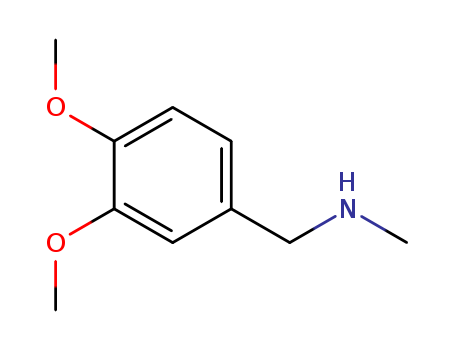10.1007/BF00959732
The research focuses on the role of pH in the synthesis of diaziridines from carbonyl compounds, amines, and aminating reagents in water. The study aims to determine the optimal pH for achieving the greatest yield of diaziridines, which shifts with the electronic effects of substituents in the carbonyl compound and the pKBH+ value of the amine. The researchers found that the yield of 3,3-dialkyl diaziridines depends on the pH, with different products formed at pH values above and below 12. The formation of diaziridine rings is explained by intramolecular nucleophilic substitution in an intermediate aminal, and the pH affects the conversion of an aminocarbinol into an immonium ion, which is crucial for diaziridine formation. The chemicals used in this process include carbonyl compounds, amines with varying pKBH+ values, hydroxylamine-O-sulfonic acid (HASA), and N-chloro- and N-bromo-alkylamines as aminating agents. The study concluded that the optimal pH (pHopt) for diaziridine formation is influenced by the electronic effects of substituents and the basicity of the amine, with a shift to less alkaline values necessary for diaziridine formation when electron-withdrawing substituents are present.



 Xi
Xi


